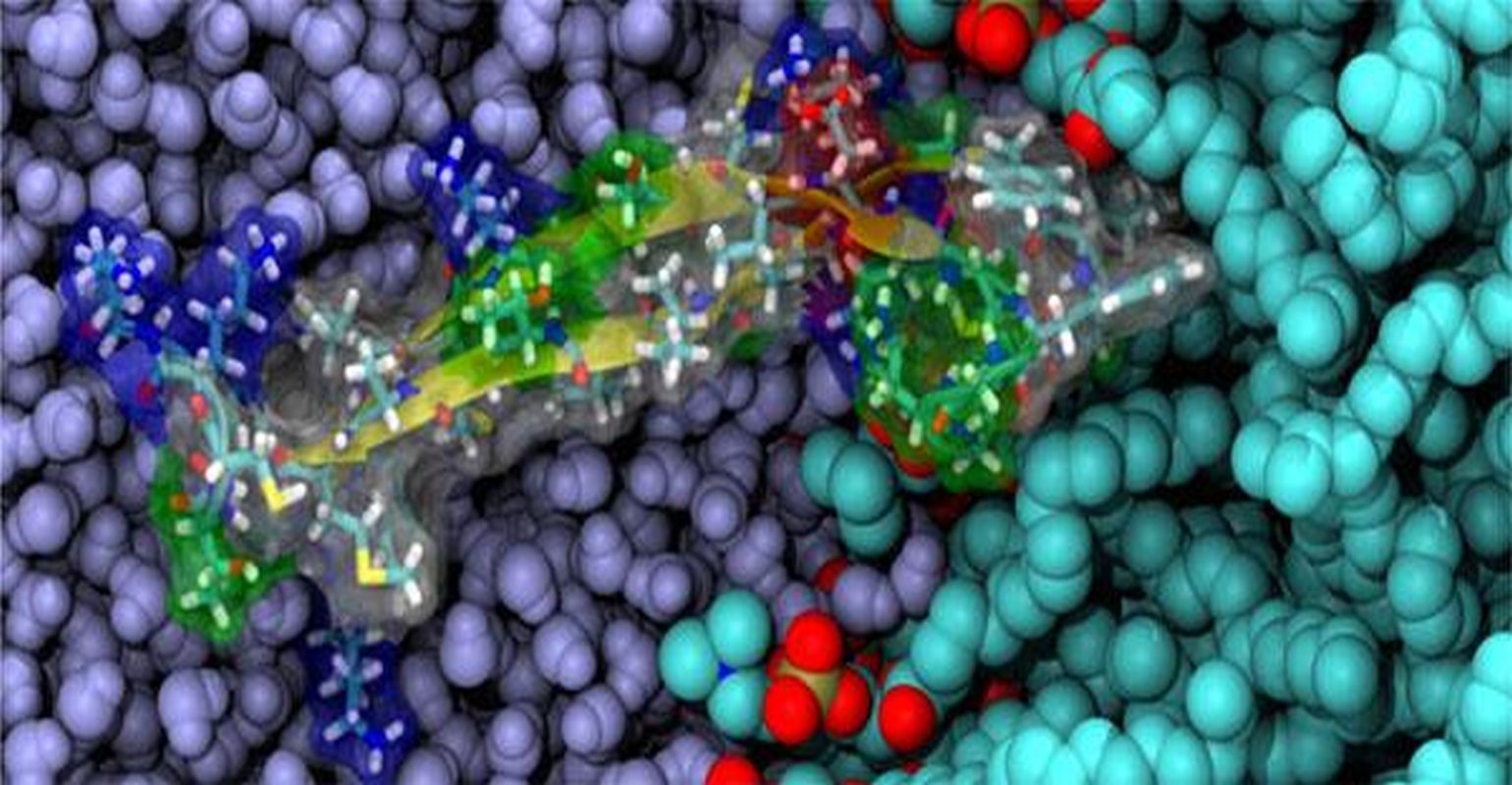Molecular Aspects of the Dengue Virus Infection Process

Presently, the dengue virus is one of the most important arboviruses affecting man, as it poses a serious global public health problem in subtropical and tropical countries, where environmental conditions favor the development and proliferation of the mosquito Aedes aegypti. Dengue fever is caused by a type of flavivÃrus, which is an enveloped virus of spherical geometry. Nowadays, it is one of the diseases with the highest incidence in Brazil, for example, affecting the population in all states.
In order for this disease to cease being a serious global public health problem, we must expand our knowledge about the fusion process between the dengue virus and the cell membrane through further experimental and, especially, computational studies to find ways to inhibit the mechanism of virus infection. This review presents the research findings about the molecular biology of the dengue virus infection. Analyzing the three-dimensional structures of the fusion peptide of dengue virus protein E, researchers have observed that the fusion peptide presents a region rich in hydrophobic residues and a "collar" of charged, polar residues. It is hypothesized that this hydrophilic collar plays an important role in the fusion process between the dengue virus and the cell membrane.
Source: Bentham Science Publishers